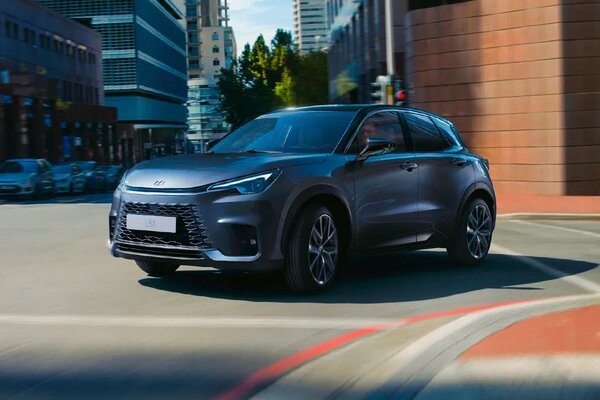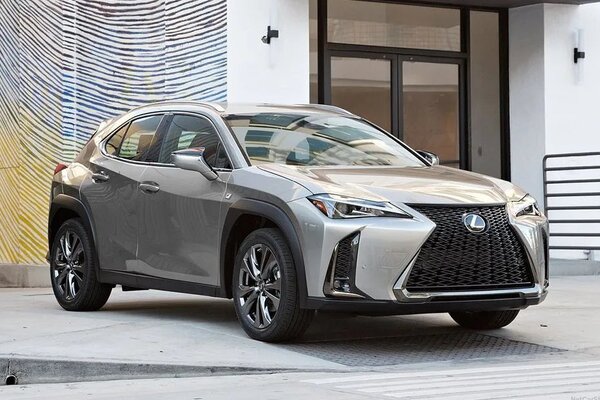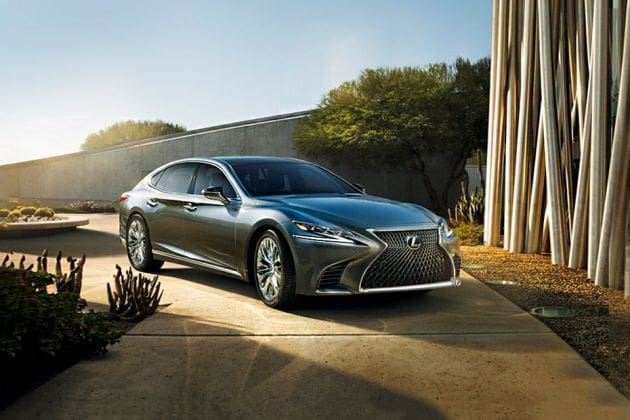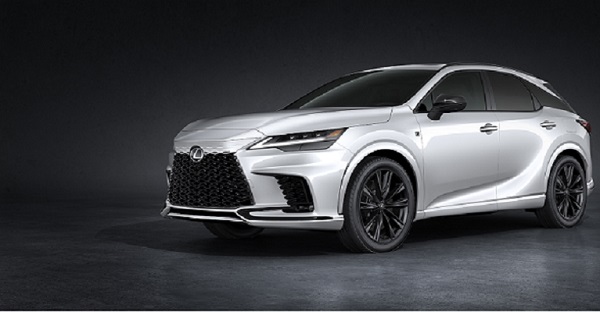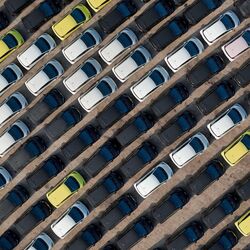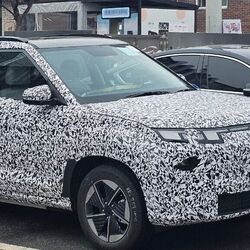Lexus unveils LF-Z Electrified concept that symbolises its next generation cars
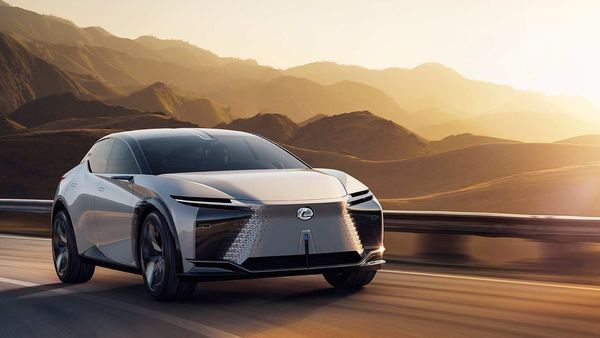

Lexus has unveiled the LF-Z Electrified concept car, which aims to chart the company's course in an electric future. The company said on Tuesday that it will launch 20 new vehicles by 2025 and that only 10 of them will be fully electric, hybrid or hydrogen powered.
The design is the result of a new stylistic approach made possible by the smaller dimensions of the mechanics. The concept car is angular and futuristic in its appearance, as many concepts tend to be. It is shorter than most modern Lexus vehicles and still presents a kind of inversion of the company's iconic massive grille (for better or worse); instead of a black diamond grid pattern, the flat silver body traces a triangular shape on the nose.
Also check these Cars
Following the design that many modern EVs have adopted, the rear of the LF-Z features a continuous light bar that is broken only by the company's reinvented brand. And there is a panoramic glass roof extending across the top of the vehicle.
The interior is more radical, even if it is familiar to those who have seen many concept cars. Shell seats have a distinctive geometric appearance and are surrounded by various lighting elements. On the other hand, it is quite sparse, except for the cluster of screens that hug the steering wheel.
Lexus claims the LF-Z Electrified concept car can churn out a maximum power of 544 hp and 700 Nm of peak tor, while the curb weight is 2,100 kg.The LF-Z is able to travel up to 600 km on single charge thanks to a 90 kWh battery that can be charged with a 150 kW charger. It can accelerate from zero to 100 kmph in three seconds flat, while the top speed is 200 kmph.
As a concept car, the LZ-F is less about specs and more aboutIdeasand what Lexus thinks it can do with its future vehicles.One idea that Lexus is chewing with this concept is something called “Direct4", which is basically a version of torque vectoring mark that would independently activate the power of each wheel, improving grip in high performance situations.
At a more basic level, Lexus says that this concept car was designed to achieve “optimal balance and inertia" while driving, thanks to the ideal positioning of the battery and engines.
In addition, Lexus says that the driver's position and screens were designed based on the “new concept of 'Tazuna'" - which means “rein" in Japanese.The company describes this part of the concept car as, “Inspired by the relationship between horse and rider, which communicate through a single rein, the switches mounted on the steering wheel and the vehicle's head-up display have been highly coordinated to create a space in which various functions, such as the navigation system, audio, and steering mode selection, can be performed while focusing on driving and with no movement of the driver's line of sight or the need to operate complicated switches."







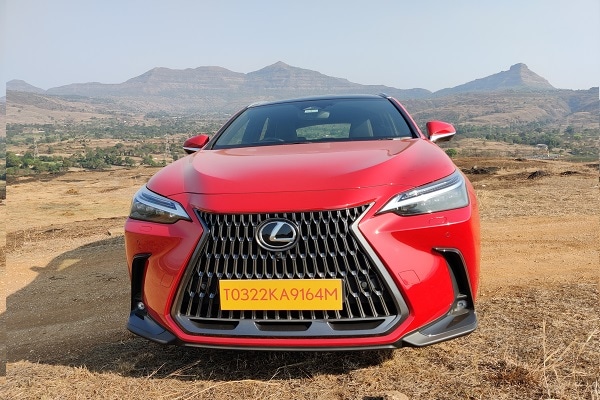
 2494.0 cc
2494.0 cc Multiple
Multiple